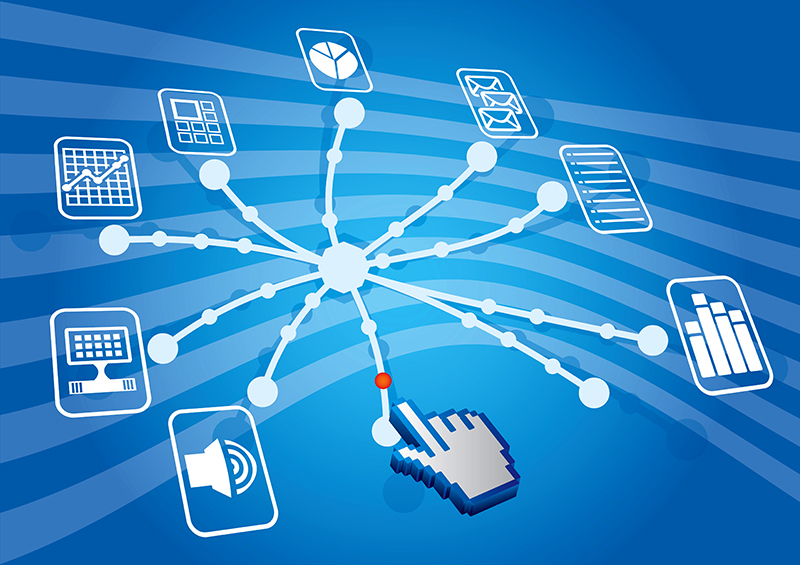By Marcus Durand on Friday, September, 1st, 2017 in Blog Posts,Health IT. No Comments
This piece is the first installment of a six-part series called “Open to potential: How embracing open data can advance public health practice, governance, and research.”

“Open data” has become a popular buzzword, and has gathered impressive momentum as a cross-sectoral cause célèbre, gaining traction among data scientists, developers, politicians and civil society activists. It has been adopted to some extent on every level of governance, from multilateral institutions like the UN to nations including the US and UK to cities around the world. It is discussed at high-level seminars and justified with rationales ranging from the altruism to profit-focused business cases.
The public health case for open data is a compelling one, for reasons based both on principle as well as the potential for benefit to agencies and organizations themselves. To understand the buzz behind it and tap into its potential for public health, it is essential to understand what exactly open data is, who uses it, and why.
According to the open definition, open data is defined as “data that can be freely used, re-used and redistributed by anyone – subject only, at most, to the requirement to attribute and sharealike.” The most important aspects of this are that it be available as a whole and at minimal cost (preferably free), and in a convenient and modifiable form that can be combined with other data. These same characteristics underlie the enormous potential for open data. It can be, and has been, used for initiatives ranging from scientific research and discovery to product development and everything in between. It can provide a means for health and human services agencies to be accountable to taxpayers, by showing how funds are spent and demonstrating the impact of publicly funded programs. On the flip side, it can also be useful for policymakers to assess the efficacy of health-targeted policies and interventions (and for practitioners to improve them, where possible). It has been used to develop countless consumer apps and improve emergency and humanitarian response.
The strongest testament to the benefits of open data may be the sheer number of public entities that have embraced it on some level – and city governments are, in many respects, leading the charge. While open data has been embraced on the national level here in the US and by many states, metropolitan governments have emerged as open data trailblazers. One of the very first open data portals was established by the Chief Technology Officer for the city of Washington, DC in 1996. City-focused open data initiatives have allowed citizens to develop locally-focused apps and directly request public services (like filling potholes). CDC has partnered with the Robert Wood Johnson Foundation and the CDC Foundation on the 500 Cities Project, which aims to use open data from the census and public health surveys to provide information on “chronic disease risk factors, health outcomes, and clinical preventive service use for the largest 500 cities in the United States.” The hope is to give cities a sharper epidemiological view of their populations, which will in turn help them to design interventions and provide services more effectively.
Open data has enormous potential for public health. And yet, confusion and hesitation remains, and – particularly for thinly-stretched public health and other scientific agencies – understandably so. While open health data have enormous potential to be used for the public good, public health agencies and organizations have to balance this against regulations guarding protected health information, tight budgets, and limited resources to make sure the datasets and platforms are regularly updated.
More importantly, the transition to open data requires a shift to an “open data culture,” which faces many of the same barriers as transitioning to an institutional culture that embraces knowledge management. Indeed, the two are very closely related. For organizations to open their data, they have to know what data they possess and where it is; have clear, streamlined workflows to get it from initial collection to cleaning to a final product; and make sure that all data released are compliant with laws governing privacy and protection of confidential information. Much like efficient knowledge management practices, this requires champions with influence, relationship-building to break out of silos, legal clarity, and investment of resources into training for staff and the right platforms. Fortunately, many of the solutions are analogous as well.
In this series, we will open up open data in public health and see how it can be used to the benefit of public health agencies and the people they serve. We will demonstrate how open data and knowledge management depend on and strengthen each other, and examine the potential for open data, guided by sound knowledge management practices, to improve public health governance, programs and practice, and research. The next installment will focus on open data sustainability – what defines it, why it is important, and why sound knowledge management is an integral part of it.
To see how Cadence Group uses this in action, see the Health IT Practices Page at //cadence-group.com/practices/health-it/.
